A Look at Growth Habits
elucas101
9 years ago
last modified: 9 years ago
Featured Answer
Comments (57)
elucas101
9 years agoRelated Discussions
Rose Identification Workshop in Sacramento
Comments (9)What a great idea for a workshop topic! I would love to come but know already that I can't unfortunately. I have at least 2 unidentified roses in my own garden right now and would love to learn how to give them their proper names. Is there any way to obtain the information that Cass will be giving at the workshop? Did/will she write an article about this topic or something like that? Or does someone know any other source of good information about identifying roses? Thanks for answering my questions in advance. Christina Here is a link that might be useful: Organic Garden Dreams...See MoreAncient-looking trees
Comments (14)Well I did a little research and here's what I came up with: You're right, scotjute, it's too cold here for Deodor Cedar, Arizona Cypress, and Cedrus Libani. But the Western Yew, and Black Hills Spruce would grow just fine...in fact almost everyone already has one in their yard. Although most people cringe at the thought of actually planting a juniper...I rather like some of them, and will incorporate a few of them into my landscape. But again, they are so common here, everyone has one or ten. I definately like the Burr Oak idea...wish they didn't grow so slowly. And I think I'm going to go for the Western Red Cedar, too. A large, un-pruned boxwood might prove interesting...don't those things grow on the moon, also? Still undecided about a Weeping Ginko. Any input?...See MoreWANTED: wanted: 1-2ft eastern hemlock in nj area
Comments (0)I am looking for a small hemlock to transplant, preferably one from a wooded area with a natural looking growth habit (but I'll take what I can get). I will happily come dig it up if you live within a reasonable distance from me. I am in Morris County, NJ....See MoreElizabeth Thornton vs some of her seedlings
Comments (6)Hi Kitnor, They are in 12 gallon containers which are very wide and shallow versus tall. George posted some of his research about a year ago and recommended we use squat pots for plumerias versus tall pots. I re pot pretty aggressively up to about this 12 gallon size. then slow it down from there. I'll probably root prune in 3 years and keep them in the same container for the next 4 or 5 years. Then they may go into 25 gallon container or seasonal in ground after that. K....See Moredaogirl - SoCal Zone 9
9 years agoKimo
9 years agojandey1
9 years agokitnor
9 years agoelucas101
9 years agolast modified: 9 years agodaogirl - SoCal Zone 9
9 years agoLoveplants2 8b Virginia Beach, Virginia
9 years agolast modified: 9 years agokitnor
9 years agoelucas101
9 years agokitnor
9 years agokitnor
9 years agokitnor
9 years agothe_first_kms2
9 years agolast modified: 9 years agokitnor
9 years agoelucas101
9 years agoelucas101
9 years agolast modified: 9 years agothe_first_kms2
9 years agokitnor
9 years agokitnor
9 years agojandey1
9 years agokitnor
9 years agomjhuntingtonbeach
9 years agokitnor
9 years agomjhuntingtonbeach
9 years agokitnor
9 years agoHoundhome
9 years agoMediterranean_Zon10b
9 years agokitnor
9 years agomjhuntingtonbeach
9 years agomjhuntingtonbeach
9 years agokitnor
9 years agokitnor
9 years agorox146
9 years agokitnor
9 years agoMediterranean_Zon10b
9 years agokitnor
9 years agomjhuntingtonbeach
9 years agomjhuntingtonbeach
9 years agomjhuntingtonbeach
9 years agothe_first_kms2
9 years agokitnor
9 years agokitnor
9 years agorox146
9 years agogidgetsocal
9 years agokitnor
8 years agokitnor
8 years agolast modified: 8 years agojandey1
8 years agokitnor
8 years ago
Related Stories
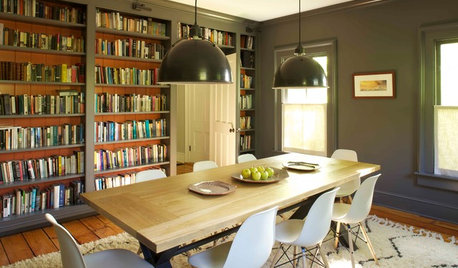
DECORATING GUIDES12 Deadly Decorating Sins
Are your room designs suffering from a few old habits? It may be time to change your ways
Full Story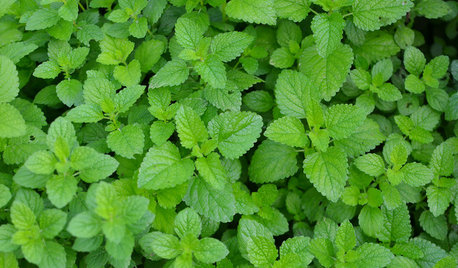
GARDENING GUIDESHerb Garden Essentials: Grow Your Own Delicious Mint
Pull out a pot for this one. Mint's spreading habit and hard-to-kill nature can be a blessing — if you're properly prepared
Full Story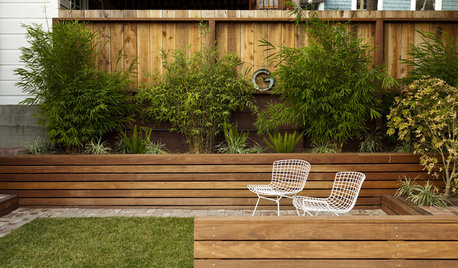
LANDSCAPE DESIGNSmall Garden? You Can Still Do Bamboo
Forget luck. Having bamboo that thrives on a wee plot just takes planning, picking the right variety, and keeping runners in check
Full Story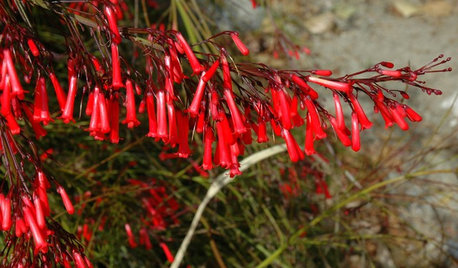
GARDENING GUIDESGreat Design Plant: Russelia Equisetiformis
Cascading foliage mimics the appearance of water, while brightly colored flowers add color from spring through fall
Full Story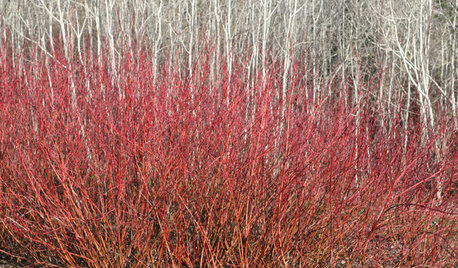
WINTER GARDENINGGreat Design Plant: Redtwig Dogwood
Fiery winter foliage makes this plant a seasonal stunner
Full Story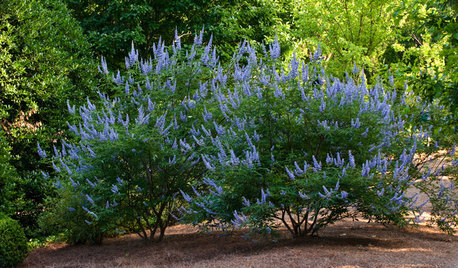
FLOWERS AND PLANTSVitex Agnus-Castus Fills Gardens With Fragrant Blooms and Foliage
Spikes of purple flowers adorn chaste tree’s aromatic foliage throughout the warm season in Southern gardens
Full Story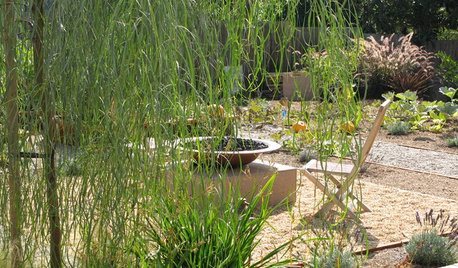
GARDENING GUIDESGreat Design Plant: Acacia Stenophylla
Skinny shoestring acacia makes an effective drought-tolerant screen where winters are relatively mild
Full Story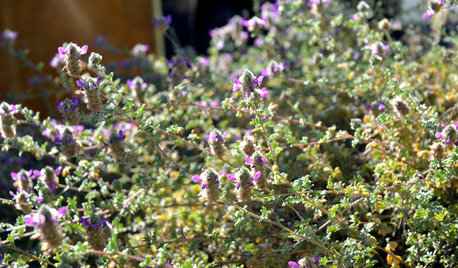
GARDENING GUIDESGreat Design Plant: Dalea Greggii
The lacy gray-green foliage and purple flowers of trailing indigo bush, also called Gregg’s prairie clover, decorate arid gardens
Full Story0
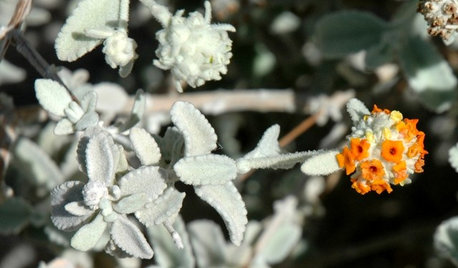
GARDENING GUIDESGreat Design Plant: Buddleja Marrubiifolia
Beautiful color, soft texture and the ability to thrive in the extreme temperatures of the Southwest make woolly butterfly bush a winner
Full Story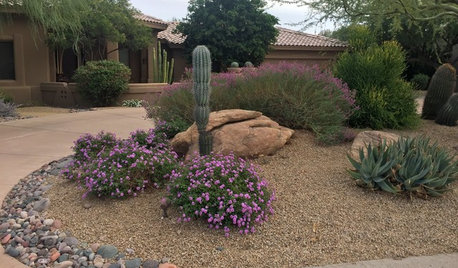
GARDENING GUIDESGreat Design Plant: Dalea Frutescens
Black dalea’s violet flowers and finely textured foliage add beauty to the Southwestern fall landscape
Full StoryMore Discussions







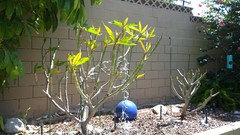

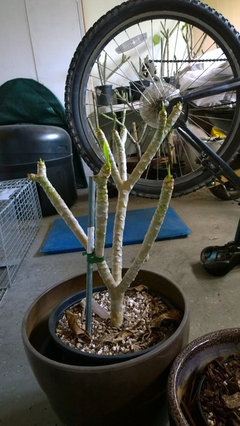
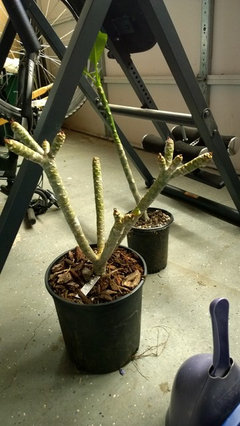

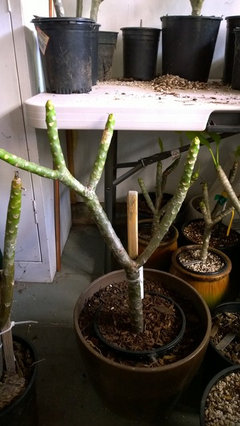

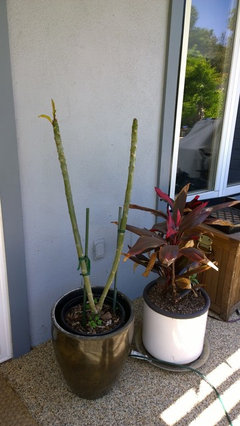


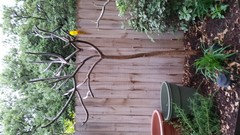
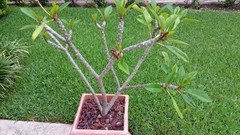
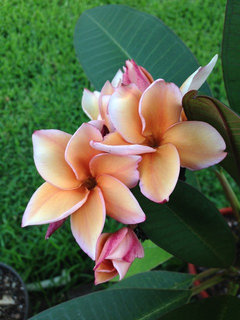


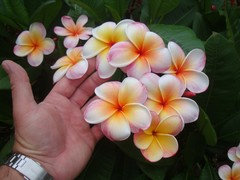

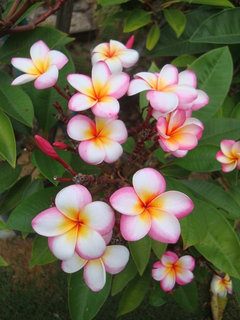


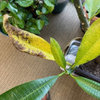
kitnor